
The University of Louisville (UofL) is a public research university in Louisville, Kentucky. It is part of the Kentucky state university system. When founded in 1798, it was one of the first city-owned public colleges in the United States and one of the first universities chartered west of the Allegheny Mountains. The university is mandated by the Kentucky General Assembly to be a "Preeminent Metropolitan Research University". It enrolls students from 118 of 120 Kentucky counties, all 50 U.S. states, and 116 countries around the world.
The Stanford University School of Medicine is the medical school of Stanford University and is located in Stanford, California, United States. It traces its roots to the Medical Department of the University of the Pacific, founded in San Francisco in 1858. This medical institution, then called Cooper Medical College, was acquired by Stanford in 1908. The medical school moved to the Stanford campus near Palo Alto, California, in 1959.

Baylor College of Medicine (BCM) is a medical school and research center in Houston, Texas, within the Texas Medical Center, the world's largest medical center. BCM is composed of four academic components: the School of Medicine, the Graduate School of Biomedical Sciences; the School of Health Professions, and the National School of Tropical Medicine.

Cedars-Sinai Medical Center is a non-profit, tertiary, 915-bed teaching hospital and multi-specialty academic health science center located in Los Angeles, California. Part of the Cedars-Sinai Health System, the hospital has a staff of over 2,000 physicians and 10,000 employees, supported by a team of 2,000 volunteers and more than 40 community groups. As of 2022–23, U.S. News & World Report ranked Cedars-Sinai among the top performing hospitals in the western United States. Cedars-Sinai is a teaching hospital affiliate of David Geffen School of Medicine at the University of California, Los Angeles (UCLA), which was ranked in the top 20 on the U.S. News 2023 Best Medical Schools: Research.
The University of Texas Southwestern Medical Center is a public academic health science center in Dallas, Texas. With approximately 23,000 employees, more than 3,000 full-time faculty, and nearly 4 million outpatient visits per year, UT Southwestern is the largest medical school in the University of Texas System and the State of Texas.

The Temerty Faculty of Medicine is the medical school of the University of Toronto. Founded in 1843, the faculty is based in Downtown Toronto and is one of Canada's oldest institutions of medical studies, being known for the discovery of insulin, stem cells and the site of the first single and double lung transplants in the world.

Edward Donnall "Don" Thomas was an American physician, professor emeritus at the University of Washington, and director emeritus of the clinical research division at the Fred Hutchinson Cancer Research Center. In 1990 he shared the Nobel Prize in Physiology or Medicine with Joseph E. Murray for the development of cell and organ transplantation. Thomas and his wife and research partner Dottie Thomas developed bone marrow transplantation as a treatment for leukemia.
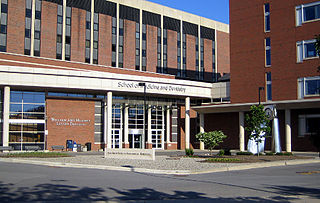
The University of Rochester Medical Center (URMC), now known as UR Medicine, is located in Rochester, New York, is one of the main campuses of the University of Rochester and comprises the university's primary medical education, research and patient care facilities.
UC San Diego Health is the academic health system of the University of California, San Diego in San Diego, California. It is the only academic health system serving San Diego and has one of three adult Level I trauma centers in the region. In operation since 1966, it comprises three major hospitals: UC San Diego Medical Center in Hillcrest, Jacobs Medical Center in La Jolla, and UC San Diego Health East Campus Medical Center in East County. The La Jolla campus also includes the Moores Cancer Center, Shiley Eye Institute, Sulpizio Cardiovascular Center, and Koman Family Outpatient Pavilion, and the health system also includes several outpatient sites located throughout San Diego County. UC San Diego Health works closely with the university's School of Medicine and Skaggs School of Pharmacy to provide training to medical and pharmacy students and advanced clinical care to patients.

Leonard M. Miller School of Medicine (UMMSM) is the University of Miami's graduate medical school in Miami, Florida. Founded in 1952, it is the oldest medical school in the state of Florida.
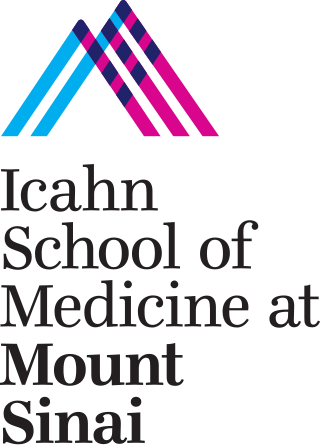
The Icahn School of Medicine at Mount Sinai, formerly the Mount Sinai School of Medicine, is a private medical school in New York City, New York, United States. The school is the academic teaching arm of the Mount Sinai Health System, which manages eight hospital campuses in the New York metropolitan area, including Mount Sinai Hospital and the New York Eye and Ear Infirmary.

The Faculty of Medicine at the University of Ottawa is a bilingual medical school in Ottawa, Ontario, Canada founded in 1945. It is located at a campus centred on Roger-Guindon Hall in the east end of Ottawa and is attached to the Ottawa Hospital's General Campus. The Health Sciences Complex is separate from the downtown University of Ottawa campus.
The Duke University School of Medicine, commonly known as Duke Med, is the medical school of Duke University. It was established in 1925 by James B. Duke.
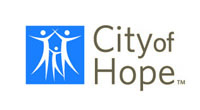
City of Hope is a private, non-profit clinical research center, hospital and graduate school located in Duarte, California, United States. The center's main campus resides on 110 acres (45 ha) of land adjacent to the boundaries of Duarte and Irwindale, with a network of clinical practice locations throughout Southern California, satellite offices in Monrovia and Irwindale, and regional fundraising offices throughout the United States.

Georgetown University Medical Center is a Washington, D.C.-based biomedical research and educational organization affiliated with Georgetown University that is responsible for over 80% of the university's sponsored research funding and is led by Edward B. Healton, MD, the Executive Vice President for Health Sciences and Executive Dean of the School of Medicine.
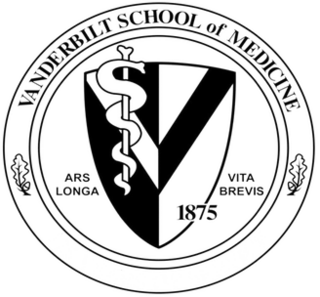
Vanderbilt University School of Medicine (VUSM) is the graduate medical school of Vanderbilt University, a private research university located in Nashville, Tennessee. The School of Medicine is primarily housed within the Eskind Biomedical Library which sits at the intersection of the Vanderbilt University and Vanderbilt University Medical Center (VUMC) campuses and claims several Nobel laureates in the field of medicine. Through the Vanderbilt Health Affiliated Network, VUSM is affiliated with over 60 hospitals and 5,000 clinicians across Tennessee and five neighboring states which manage more than 2 million patient visits each year. As the home hospital of the medical school, VUMC is considered one of the largest academic medical centers in the United States and is the primary resource for specialty and primary care in hundreds of adult and pediatric specialties for patients throughout the Mid-South.
Duke University Hospital is a 1048 -bed acute care facility and an academic tertiary care facility located in Durham, North Carolina, United States. Established in 1930, it is the flagship teaching hospital for the Duke University Health System, a network of physicians and hospitals serving Durham County and Wake County, North Carolina, and surrounding areas, as well as one of three Level I referral centers for the Research Triangle of North Carolina. It is affiliated with the Duke University School of Medicine.

NYU Langone Health is an academic medical center located in New York City, New York, United States. The health system consists of the NYU Grossman School of Medicine and NYU Grossman Long Island School of Medicine, both part of New York University (NYU), and more than 300 locations throughout the New York City Region and Florida, including six inpatient facilities: Tisch Hospital; Kimmel Pavilion; NYU Langone Orthopedic Hospital; Hassenfeld Children's Hospital; NYU Langone Hospital – Brooklyn; and NYU Langone Hospital – Long Island. It is also home to Rusk Rehabilitation. NYU Langone Health is one of the largest healthcare systems in the Northeast, with more than 49,000 employees.
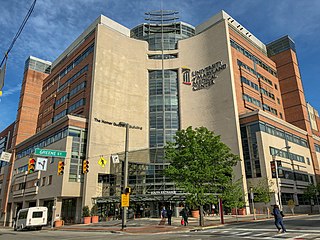
The University of Maryland Medical Center (UMMC) is a teaching hospital with 806 beds based in Baltimore, Maryland, that provides the full range of health care to people throughout Maryland and the Mid-Atlantic region. It gets more than 26,000 inpatient admissions and 284,000 outpatient visits each year. UMMC has approximately 9,050 employees at the UMMC Downtown Campus, as well as 1,300 attending physicians and 950 resident physicians across the Downtown and the Midtown campuses. UMMC provides training for about half of Maryland's physicians and other health care professionals. All members of the medical staff are on the faculty of the University of Maryland School of Medicine.
UofL Health is a fully integrated regional academic health system based in Louisville, Kentucky formed by the reorganization of KentuckyOne Health in conjunction with the acquisition of that system by the University of Louisville from Catholic Health Initiatives in 2019. The resulting health care system combined University of Louisville Hospital and the various hospitals and medical centers of KentuckyOne under one management umbrella.















